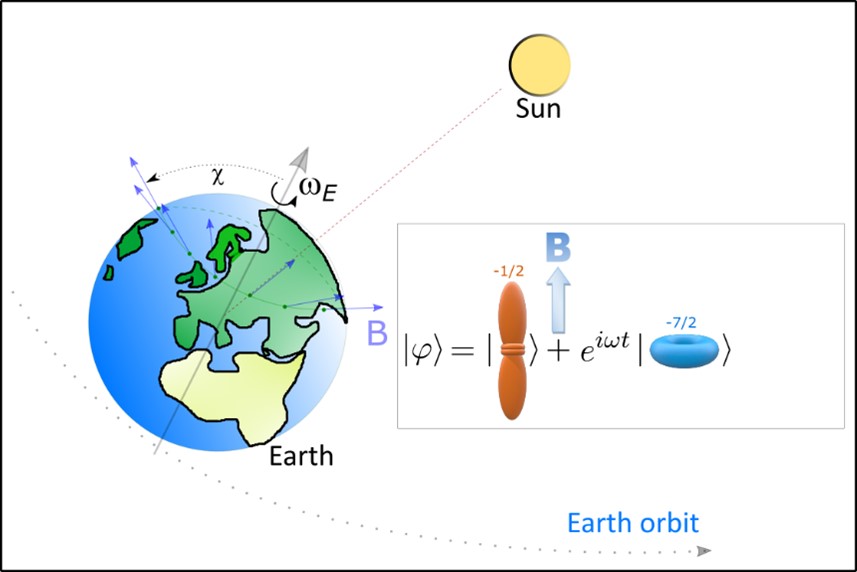Resources
 Part of the Oxford Instruments Group
Part of the Oxford Instruments Group
Expand
Collapse
 Part of the Oxford Instruments Group
Part of the Oxford Instruments Group
Precision laser spectroscopy of trapped ions has proven to be a precise tool not only to build high-precision optical clocks but also to find applications in quantum computing [1,2]. In addition, the remarkable degree of control makes table-top trapped ion systems competitive with large-scale accelerator facilities for finding new physics [3]. Scaling up these systems from one to tens of ions, forming so called Coulomb crystals, requires fast and reliable imaging of individually resolved emitters that are separated by a few micrometers. We use Ytterbium ions due to their large sensitivity for new physics [4,5]. The ions scatter light near a wavelength of 370 nm, where the detection efficiency of standard camera sensors begins to drop.
We trap Ytterbium ions in a precision-machined radiofrequency Paul trap [6]. The ions are produced via photoionization of neutral Ytterbium from an effusive oven and imaged onto the EMCCD camera iXon DU897 UCS-BB from Andor with a magnification of 24. The back-illuminated sensor variant BB has proven to have an enhanced quantum efficiency over other models in the near-UV and blue wavelength regime. In our experiment, we excite the ions into the metastable electronic F-State, which is extremely sensitive to a potential Lorentz violation. A complex sequence of radiofrequency pulses mixes the different spin states in the F-manifold, such that a potential violation signal can be picked up. A violation signal would manifest in a variation of the state-population in these states over the sidereal day [Figure 1].

Figure 1: Superposition of electronic spin states in the F-manifold of Yb+. While the earth rotates over the Sidereal day, a potential violation of Lorentz symmetry would manifest in a periodic phase shift between the states that is transgerred to a shift in state populations.
After the sequence, we de-excite the ion back to the electronic ground state, where it can scatter photons near 370 nm wavelength. To analyze the success of the de-excitation, we are interested in whether individual ions are fluorescing or not when illuminated with the 370 nm detection laser, referred to as state-detection. The latter case corresponds to the ions still being in the metastable electronic F-state and thus not able to scatter light near a wavelength of 370 nm, which hints to a violation of local Lorentz invariance. Thus, it is of high importance for us that the signal-to-noise ratio of the camera sensors is large to prevent false-positive and false-negative signals. At the same time, fast detection within a few milliseconds is required to keep the detection overhead in our measurements low. A typical image of a linear ten ion crystal is shown in Figure 2, where eight ions are in the bright state and two ions are in the metastable F-state, appearing as gaps in the crystal.

Figure 2: False-color image of a linear Coulomb crystal composed of ten Yb+ ions, eight of them fluorescing near 370nm wavelength.
Prof. Dr. Tanja Mehlstäubler
QuaCCS - Quantum Clocks and Complex Systems
QUEST (Institute for Quantum Metrology)
Physikalisch-Technische Bundesanstalt (PTB)
Bundesallee 100
38116 Braunschweig
Germany
Phone: +49 (531) 592 4710
Email: tanja.mehlstaeubler@ptb.de
Web: http://www.quantummetrology.de/quaccs/home/
Date: September 2021
Author: H. A. Fürst, C.-H. Yeh, Laura S. Dreissen, T. E. Mehlstäubler
Category: Application Note
